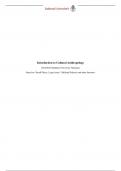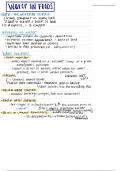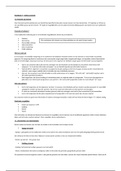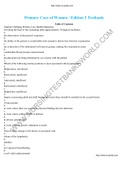Samenvatting
Samenvatting Small Places, Large Issues - Introduction to Cultural and Social Anthropology
- Instelling
- Radboud Universiteit Nijmegen (RU)
Deze uitgebreide samenvatting verkent de boeiende wereld van antropologie, met de nadruk op culturele en sociale aspecten. De samenvatting behandelt een breed scala aan thema's, theorieën en concepten, waaronder culturele antropologie, de geschiedenis van antropologie, psychologische antropologie,...
[Meer zien]













